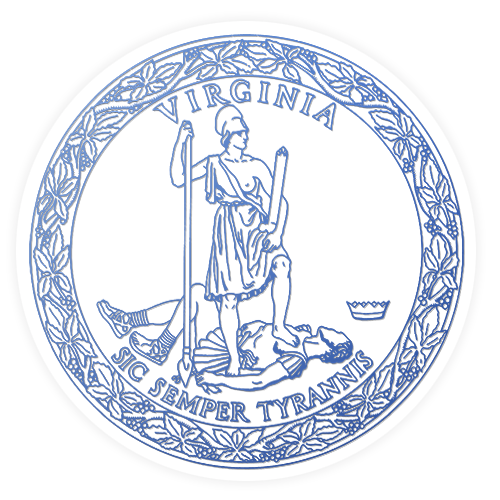
RICHMOND—Governor Ralph Northam is reminding all Virginians to prepare now as peak hurricane season approaches and the Commonwealth continues to respond to the COVID-19 pandemic. Earlier today, the Governor and his cabinet joined state local public safety agencies for a virtual exercise to test Virginia’s hurricane readiness and address the challenges of managing disaster response and recovery efforts during the ongoing health crisis.
“Hurricane season brings added challenges this year due to the COVID-19 pandemic, and we are committed to ensuring that Virginians know their risks, get prepared, and stay informed,” said Governor Northam. “Our administration remains actively focused on planning for simultaneous emergencies, and we will continue to adjust our plans as needed to protect public health and keep the Commonwealth safe. As our government agencies prepare for the possibility of a complex incident involving a major natural disaster amid virus outbreaks, it is also important that individuals and businesses make sure they are ready as well.”
One of the key statewide coordination efforts is the development of the Virginia Hurricane Evacuation Guide During the COVID-19 Pandemic, which highlights preparedness, response, and recovery actions in the event of tropical weather in coastal areas of the Commonwealth. This year’s guide includes pandemic considerations such as updating kits to include sanitation and personal protective supplies and following public health guidance. The Commonwealth is also preparing to adjust operations to ensure the delivery of critical services while adhering to social distancing guidelines and keeping people safe from storm impacts.
“As public safety professionals, the staff at our state agencies are accustomed to managing multiple issues at once, and are specifically trained in hurricane response,” said Secretary of Public Safety and Homeland Security Brian J. Moran. “I have confidence in our preparedness efforts and ask that Virginians also take the time to plan for the hurricane season.”
The traditional Atlantic hurricane season runs from June 1 through November 30, and forecasters are projecting an above average season—there have been eight named storms so far this year, and the first hurricane of the 2020 Atlantic hurricane season made landfall in Texas on July 25.
Virginians know the devastating impacts of hurricanes and tropical storms and recognize these threats are not isolated to coastal areas. High winds, flooding, and tornadoes have also caused significant damages to inland communities. Hurricanes can be unpredictable in terms of timing and scope, and this year, it is particularly vital to prepare for hurricane season in conjunction with the COVID-19 pandemic.
“This exercise was extremely beneficial, not only in strengthening our overall hurricane coordination efforts, but in identifying limitations and risks due to COVID-19 and operating in a more dispersed, virtual environment,” said Curtis Brown, State Coordinator at the Virginia Department of Emergency Management. “Understanding how we can enhance our preparedness, especially to support our most at-risk populations, is critical to the success of any disaster response and recovery.”
Governor Northam is calling on all Virginians and those visiting the state to prepare now by knowing your risk, purchasing flood insurance, developing a family communication plan, and making an emergency kit. It’s important to know what to do to protect yourself, your loved ones, your business, and your community.
There are many resources available to assist with hurricane planning efforts. Learn more about preparing your business, your family, and your property against hurricane threats at vaemergency.gov/hurricanes and ready.gov/hurricanes. Additional information about preparing for hurricanes during the COVID-19 pandemic can be found on the Centers for Disease Control and Prevention website.
# # #